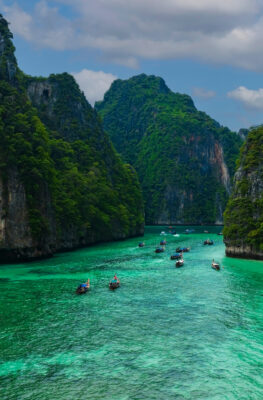Published on November 14, 2017
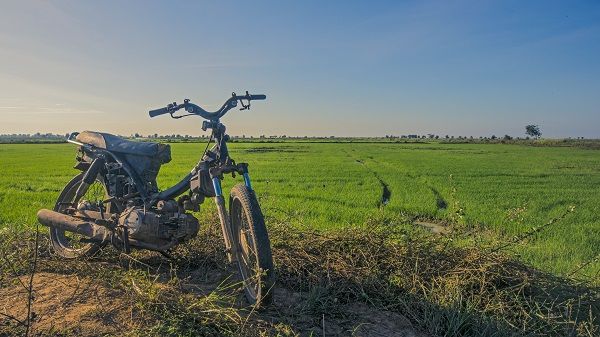
Singaporean photographer and travel writer Goh Guo-Hua explains the thrills of riding a motorcycle throughout Southeast Asia – its risks and its thrilling rewards. The photos here represent part of “Golden Goh”’s extensive travel photography in Southeast Asia – you can see his writing (and photography) at Asia361. Follow Jeremy’s work at Trippin’ Creatives website, or visit their social media profiles on Facebook, Twitter, Instagram and Youtube.
Combine these two 20th-century masscult icons – a roaring motorcycle, a stupa-studded Southeast Asian panorama – and you have the recipe for an epic trip. On two wheels, you can easily quickly travel on roads connecting the region’s treasures: pearl-like islands, mysterious monoliths and hills that harbor colourful communities.
For most countries in Southeast Asia, saddling up isn’t overly difficult. For those looking to rent, most countries don’t even require a license for machines up to 120cc. This is enough for city transport, some suburban transport, and can even take you cross-country if you have the patience and a bit of resilience.

Where to Get a Motorcycle to Ride
Major cities if not all cities and towns will have a place to rent motorcycles from. Ask around at hotels, motels and backpacker lodges for a start, or ask around if someone is interested in renting a motorcycle for a few days. Temples, coffee shops, and repair garages are some good places to check.
(The only drawback: insurance might not cover you in the event of an accident if you get your motorcycle privately, as opposed to a rental company.)
Check for the registration, if it tallies with the owner’s information and if it is up to date. Test the vehicle and take photos of its condition prior to taking it. Finally, bring your original driver’s licence, several copies of the same, and an international driver’s license.
If you are bringing your own motorcycle, be sure to get the carnet d’importation from the Automobile Association of your home country. This excludes you from paying any import taxes.
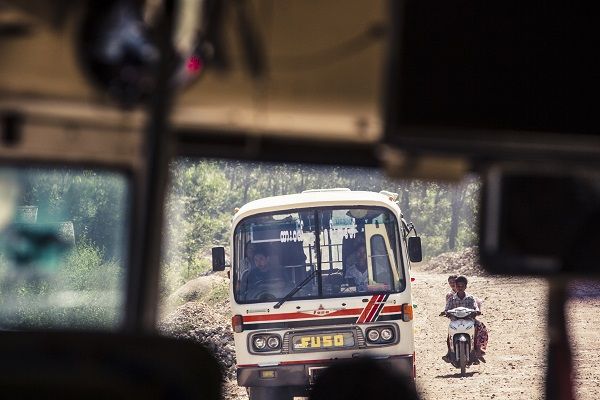
Do Your Homework Before Riding
A little bit of groundwork may be necessary before saddling up. What is the terrain like? Where does one get a motorcycle? What paperwork does one need? What is the state of local driving conditions?
These questions become significantly more weighty when you consider the motorcyclists’ lack of protection from the environment, their limited luggage carrying capacity, and attendant muscle strain.
Not all local roads are sealed; terrible roads, combined with long rides, leave riders with sore forearms and bums, or worse. And local traffic conditions and laws vary from country to country.
Riding a motorcycle is not for everybody; then again, for the motorbike-riding explorer, it’s like joining a close-knit fraternity with a common jargon and set of experiences.

Motorcycling in Cambodia
Barely ten years ago, many of Cambodia’s national highways were unpaved. Ambitiously, with a dash of ignorance, I drew up a route to Ratanakiri on a small road bike. I estimated an average speed of 50 – 80 kilometers an hour. It did not take long before I got bogged down in muddy quagmire as monsoon rains turned the laterite roads into a river of slippery reddish-brown slime.
Rapid development has since improved the transport network, although the haze kicked up from dusty roads can still be found in the rural Eastern provinces.
On the downside, motorcycles are often bullied on the roads here. Huge trucks will frequently drive head on towards a motorcycle while overtaking and expect the motorcycle to move – most will immediately comply. The rule of the road here is that the largest vehicles reign.
Do note that Siem Reap is officially off limits to foreigners riding motorcycles.
Read more: This Thailand, Laos and Cambodia itinerary covers some of the motoring highlights listed here.
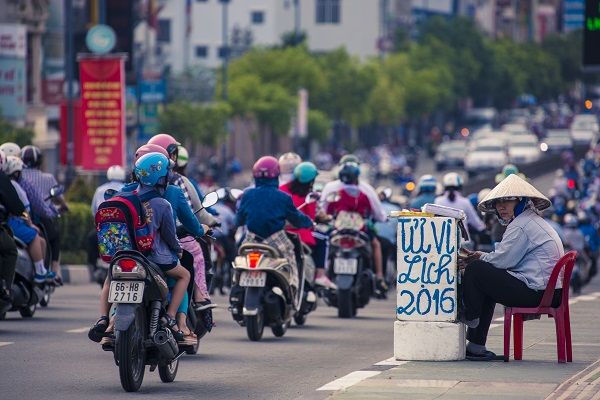
Motorcycling in Vietnam
The established Ho Chi Minh City to Hanoi motorcycle road trip is the most popular route across Vietnam. A 1,600 kilometer motorcyclist’s dream, it takes a good two weeks to fully appreciate the journey and sites along the way.
Da Nang, Hue, Vinh, the glorious coastline South of Hanoi and the majestic Annamite chain of mountains will be your constant companions over the duration of the trip.
Of all the countries, though, Vietnam has some of the most harrowing traffic conditions. Swarms of bicycles and motorcycles swirl around every intersection and roundabout like a plague of locusts in the cities during rush hours. Along the country roads, motorcycles fall at the bottom of the traffic social order, so always give way.
Read more: This 18-day itinerary covers Vietnam in depth before venturing to other parts of Southeast Asia.

Motorcycling in Thailand
Thailand is well-known and well-trodden by generations of travelers. Most tourist spots are well linked by a network of transportation options. However, there are still many unexplored regions such as the Southern states, Pattani, Narathiwat and Yala that doesn’t see much foreign footfall.
The sparsely travelled roads here make for the best rides in the region. It isn’t an empty backwater, though. The region boasts a rich history across centuries and regimes, such as Langkasuka, Sathing Phra and Singora. Just the names themselves stoke imaginations and gives history buffs goosebumps.
The road conditions in Thailand are amongst the best in the region, as they are maintained regularly through efficient government policies to provide jobs in the sector. You will be hard pressed to find dirt roads throughout the country except in the hill regions in the far North.
Read more: This itinerary through Thailand and Laos covers some of the highlights mentioned here.
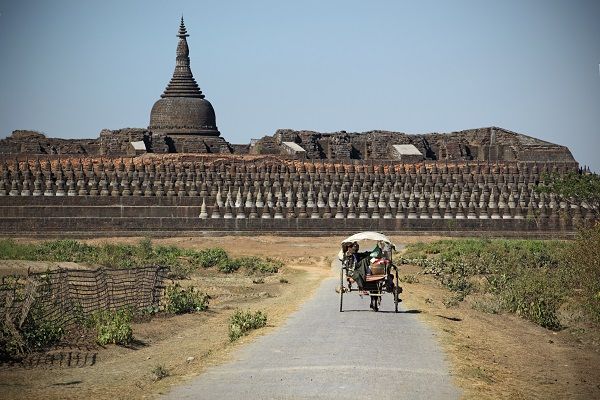
Motorcycling in Myanmar
After 2012, Myanmar’s flag has changed colours, its government has become more progressive (to a point) and many draconian rules have relaxed. Motorcycle rentals – once a rarity – are now relatively commonplace.
Puttering up the kite string of Tanintharyi is arguably the best way of seeing the South. Kawthaung, Dawei, Myeik, and Ye are all charming cities in their own right. The easiest places to find rentals are in Mandalay, Kawthaung, Dawei and Myeik. Public transport here only gets you from city to city, and motorcycles allow you the freedom to peal away the many layers in this multi-faceted land.
A word of warning: motorcycles are not allowed in Yangon and on certain roads in the capital Naypyidaw.
Read more: March through Myanmar and Malaysia in this itinerary.

Motorcycling in Malaysia
Take the road less travelled: Malaysia’s East coast is more rustic than the West and retains more of a laid-back charm.
In this part of the country, cities move at a slower pace and the people are a little more traditional. Pekan, the royal town in the state of Kuantan makes an interesting stopover. The splendid royal palace and polo grounds give the place a regal feel. Along the Kuantan river, visitors can make a trip to the Malay villages and fruit orchards or catch a glimpse of the many hornbills that inhabit the area.
Further up, at Cherating, you may even catch a sighting of sea turtles coming to shore in the annual egg laying season every May till June.
There isn’t a super highway in this area comparable to the one on the West coast, but single laned trunk roads are a thing of the past. Most roads have now been widened to accommodate two lanes of traffic in each direction.
Read more: Look up Malaysia’s Motor Grand Prix for a different kind of two-wheeled adventure.




